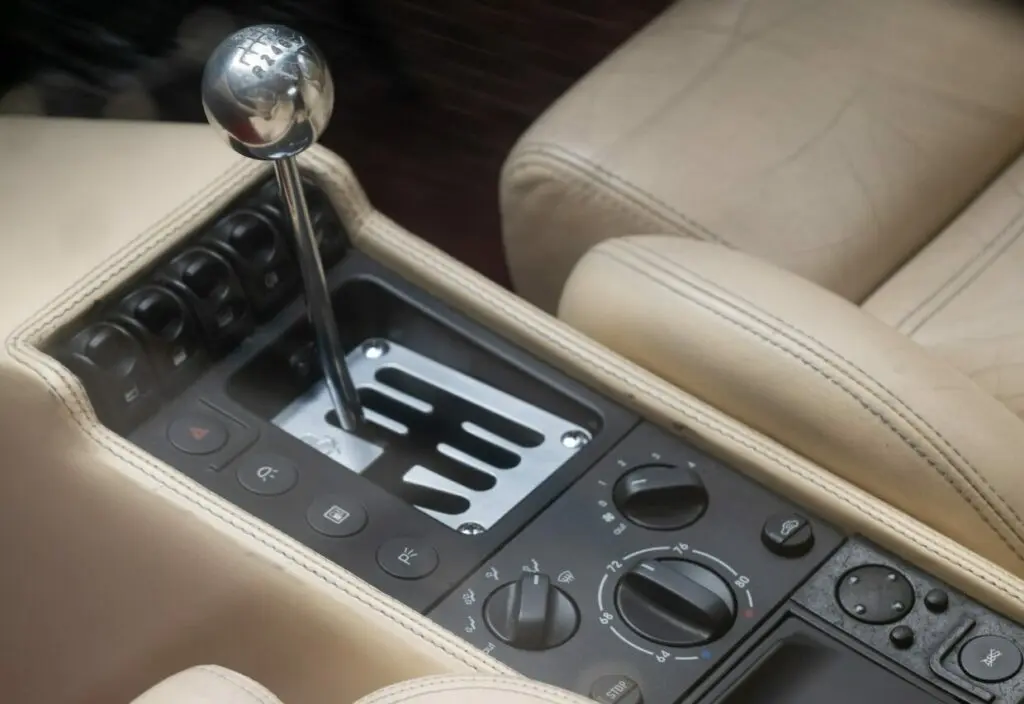If you own a Toyota, you may have experienced transmission slipping at some point.
This issue can be frustrating, but it’s essential to address it as soon as possible to avoid more significant problems down the line.
In this article, we will discuss the common causes of transmission slipping, its symptoms, how to diagnose it, and most importantly, how to fix it.
Common Causes of Transmission Slipping
Low transmission fluid levels: One of the most common causes of transmission slipping is low transmission fluid levels.
Without enough fluid, the transmission will not be lubricated adequately, leading to overheating and slipping.
Worn-out clutch components: Another cause of transmission slipping is worn-out clutch components. Over time, these components wear out, leading to improper shifting and slipping.
Faulty torque converter: A faulty torque converter can also cause the transmission to slip. The torque converter is responsible for transmitting power from the engine to the transmission, and when it’s not functioning correctly, it can cause slipping.
Malfunctioning solenoids: The transmission solenoids are responsible for controlling the flow of transmission fluid in transmission. When these solenoids malfunction, they can cause slipping.
Problems with the transmission bands: The transmission bands are responsible for holding the gears in place. If these bands are worn out or improperly adjusted, they can cause slipping.
Clogged transmission filter: The transmission filter is responsible for filtering out debris from the transmission fluid. If this filter becomes clogged, it can cause the transmission to slip.
Symptoms of Transmission Slipping
Delayed gear engagement: One of the most common symptoms of transmission slipping is a delay in gear engagement.
You may notice a delay when shifting gears, or your vehicle may not shift at all.
RPM fluctuations: Another symptom of transmission slipping is RPM fluctuations. You may notice your RPMs increase or decrease erratically when shifting gears.
Transmission overheating: When your transmission is slipping, it can cause the transmission to overheat. Overheating can cause significant damage to the transmission, so it’s essential to address this issue as soon as possible.
Strange noises: You may hear strange noises coming from your transmission, such as grinding or whining, when it’s slipping.
Burning smell: A burning smell coming from your vehicle can be a sign of transmission slipping. This smell is caused by overheating transmission fluid.
Diagnosing Transmission Slipping
Visual inspection: The first step in diagnosing transmission slipping is a visual inspection. Check for any signs of leaks, damage, or wear and tear.
Fluid level check
- Replace worn clutch components
Replacing the clutch is a common repair when it comes to transmission issues. A worn clutch can cause slipping, and if not replaced in time, it can damage other components of the transmission. Toyota Wreckers in Auckland can provide you with a quality clutch replacement service. - Check the fluid level and condition
Low fluid levels and dirty or burnt transmission fluid can also cause slipping. Make sure to check the fluid level and condition regularly and replace it if necessary. It is essential to use the correct type of transmission fluid recommended by Toyota. - Inspect the torque converter
The torque converter is a critical component in the automatic transmission system. It transfers the engine’s power to the transmission and helps regulate the flow of fluid within the transmission. A malfunctioning torque converter can cause slipping, among other issues. If you suspect a problem with the torque converter, have it inspected by a professional mechanic or Toyota wreckers in Hamilton. - Check the transmission solenoid
The transmission solenoid is responsible for controlling the flow of fluid within the transmission. If the solenoid is not functioning correctly, it can cause slipping and other transmission problems. A mechanic or Toyota wreckers in Auckland can test the solenoid to see if it is working correctly. - Consider professional transmission repair services
If the transmission slipping persists despite your efforts to fix it, it may be time to consider professional transmission repair services. Toyota wreckers in Auckland can provide transmission repair services, including diagnosing and fixing the problem.
In conclusion, a slipping transmission can be a frustrating and potentially dangerous issue for Toyota owners.
By following these steps, you can diagnose and fix the problem, ensuring a safe and smooth driving experience.
Remember to always seek the assistance of a professional mechanic or Toyota wrecker in Auckland if you are unsure about performing any of these steps yourself.



















